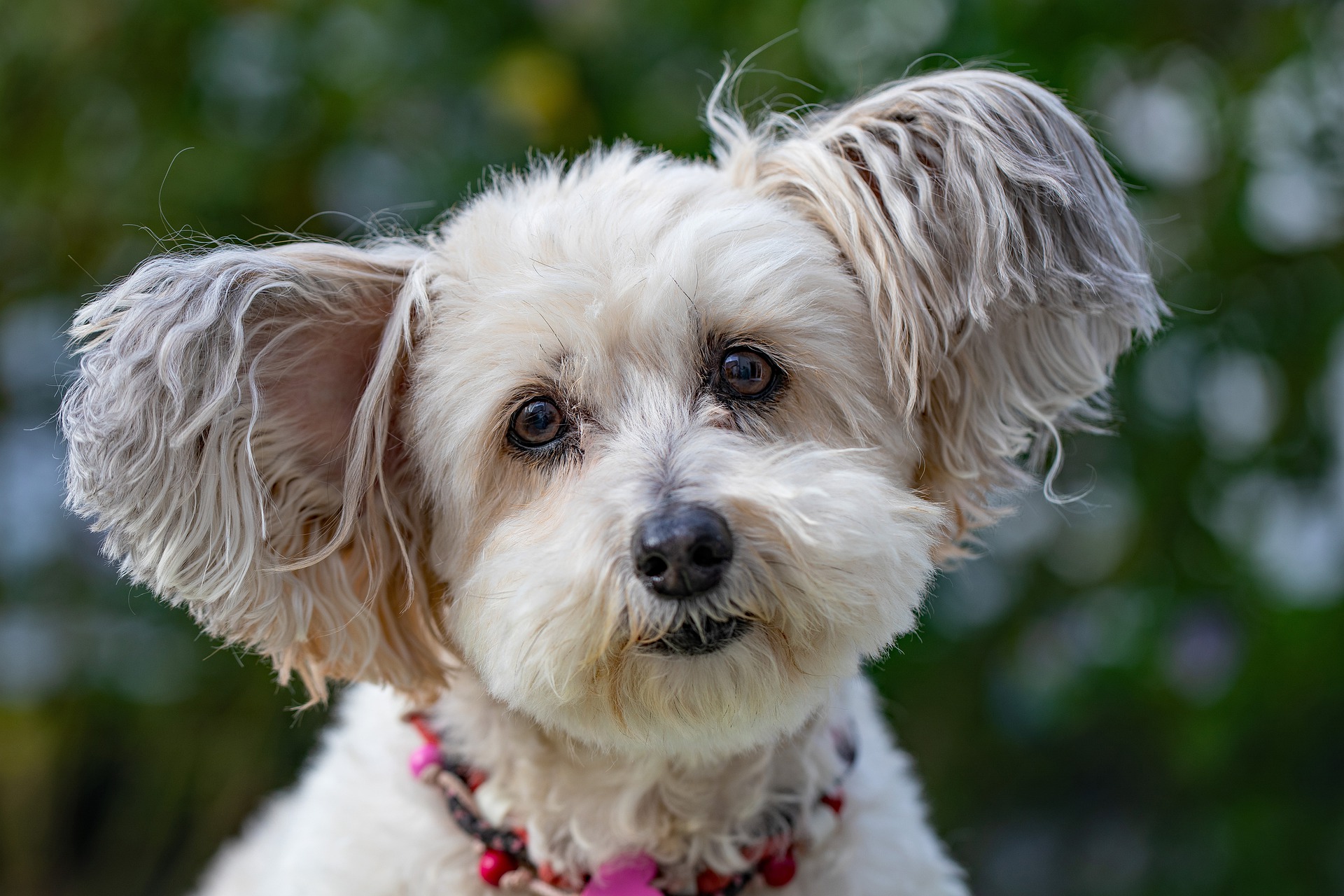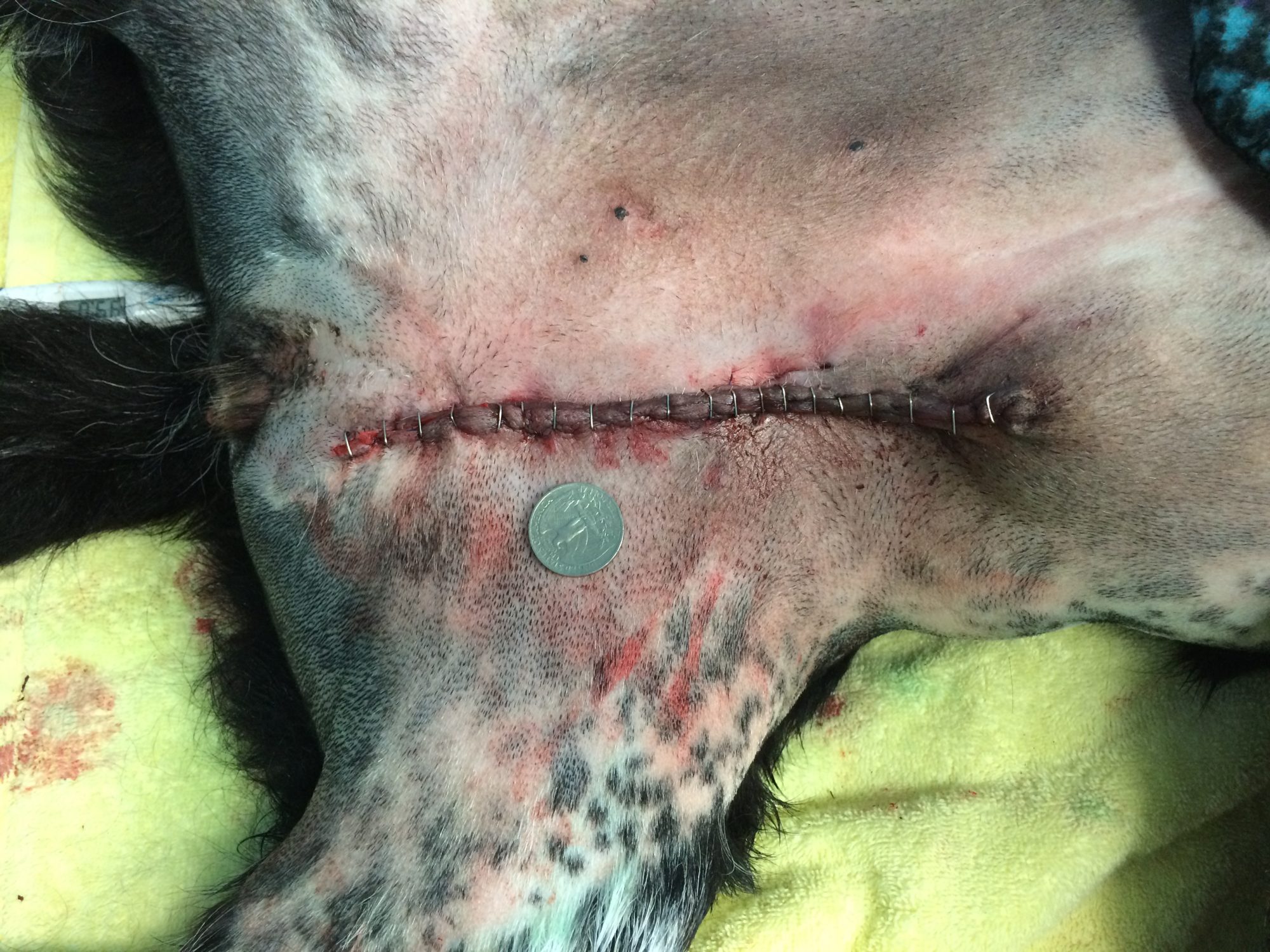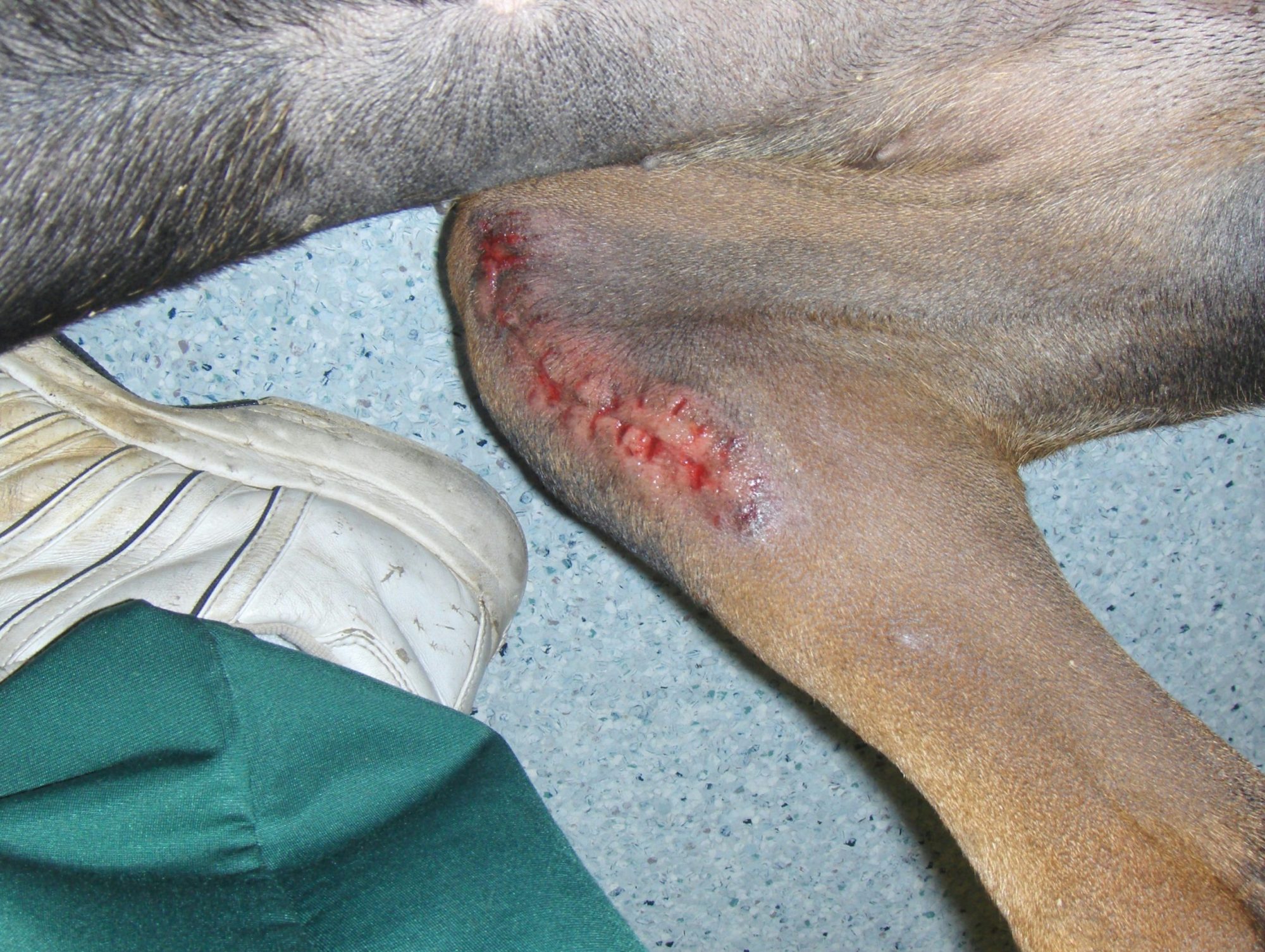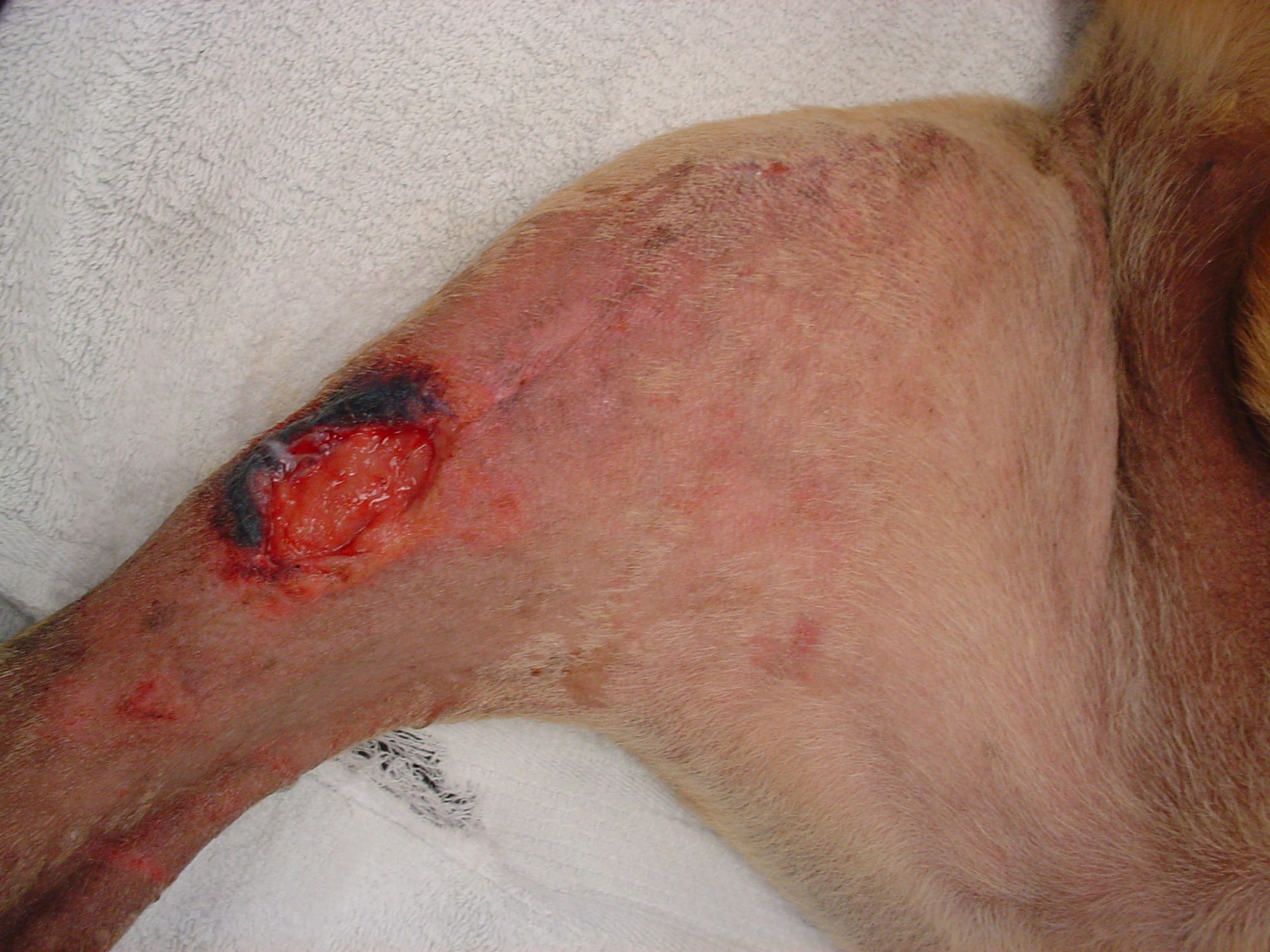Dr. Phil Zeltzman’s Blog
Does the length of my pet’s incision matter?
Clients often ask me how long their pet’s incision will be after surgery.
Does the length of a pet’s incision matter?
The short answer is no. When it comes to incisions, it’s not the length that matters, but the care taken to keep it clean and protected.

Incisions heal side to side, not end to end, meaning that a 1 inch incision and a 10 inch incision heal at the same pace – most often 2 weeks.
It’s very predictable.
It pretty much would be that simple, if it weren’t for pet’s obsession with licking their “wound.”
Why do they do it? It’s an instinct. They can’t help it. They don’t know better.
But people should…
In addition, the incision area may become itchy as fur grows back. A pet’s natural response to itchiness or anything unusual is to lick or chew.

A few simple recommendations need to be followed to ensure that the incision heals without complications.
. Activity should be kept to a minimum. The skin and underlying tissues need time to heal. During healing, they cannot be stretched or moving constantly because motion slows healing down.
This is the reason why strict rest is critical for proper healing. Stairs, furniture, running, jumping and playing must be prevented during healing. Walks should be minimized to no more than 5 minutes, on a short leash, and for bathroom duties only.
. You should inspect the incision once or twice daily to make sure it looks good. If you see drainage, you can clean it with a soft cloth and tap water. Avoid using antiseptics of any type (peroxide, alcohol, cleaning solutions etc.) or triple antibiotic ointment. Only tap water. Then gently blot it dry.
. Speaking of drainage, what should you expect? Initially, some bleeding is possible. But then the red should turn to pink, and the pink should turn to clear (or light yellow). Then it should stop. Many times, you will not see any drainage.
If you see anything different, including a whitish, yellowish or greenish discharge, please get in touch with your vet or surgeon ASAP.
. You may also see bruising and swelling, both of which are common after surgery, just like in humans. It should decrease over time, then disappear.
. Whether stitches, skin glue or staples were used, the end result is the same: the edges of the skin should touch each other, and progressively fuse.
. The incision and surgery area should not smell much. If you notice a strong or foul smell, please get in touch with your vet or surgeon ASAP.
The next picture is a bit graphic, so please skip it if you have a sensitive stomach. It is not for the faint of heart.
. Most pet go home with a plastic cone (aka E-collar or Elizabethan collar) around their neck. It should be kept on at all times (24/7), even to eat, to prevent your pet from licking or chewing at the incision, which could cause it to open up and possibly get infected. We don’t use a cone when the incision is in the mouth or in a location where the edge of the cone might cause harm by rubbing on it. Throat and neck incisions come to mind.
REMINDER: THE NEXT PICTURE IS A BIT GRAPHIC. YOU HAVE BEEN WARNED.

(caption: this dog was allowed to lick the incision, which didn’t open up but looks rough 2 weeks after surgery)
. Since your pet shouldn’t be able to lick the incision, you also need to prevent other pets from licking. We don’t know why they have this bizarre habit… we just know they do. So pets recovering from surgery should be separated from other pets so they can heal peacefully.
. You may have heard an urban legend that claims that pet saliva helps with healing. It’s a myth!
Is it important to remember that your pet’s tongue has been in all kinds of weird places. Yes, including that place!
Therefore, their tongue is covered in bacteria, some of which are very aggressive. When you smear a surgical incision with fecal bacteria… guess what can happen!
The next picture is very graphic, so please skip it if you have a sensitive stomach. It is not for the faint of heart.
. Of course, the other risk of licking or chewing is opening up the incision, partially or entirely. Sadly, that may require another surgery to stitch it closed. Ironically, it will require another anesthesia, more money… and another plastic cone!
REMINDER: THE NEXT PICTURE IS VERY GRAPHIC. YOU HAVE BEEN WARNED.

(caption: This dog was allowed to lick the incision, which opened up partially. A second surgery is needed to clean it up and close it. In the end, it’s always the pet who pays the price…)
. We cover some incisions with a Band-Aid, not to replace the plastic cone, not to protect them from the tongue, but to protect them from the environment. This may reduce the risk of infection.
So the rules as simple: prevent licking of the incision, keep your pet strictly rested, and you will give your pet the best chance at healing completely and uneventfully, the first time around, no matter the type of surgery.
Phil Zeltzman, DVM, DACVS, CVJ, Fear Free Certified

Dr. Phil Zeltzman is a traveling veterinary surgeon in Pennsylvania & New Jersey. An award-winning author, he loves to share his adventures in practice along with information about vet medicine and surgery that can really help your pets. Dr. Zeltzman specializes in orthopedic, neurologic, cancer, and soft tissue surgeries for dogs, cats, and small exotics. By working with local family vets, he offers the best surgical care, safest anesthesia, and utmost pain management to all his patients. Sign up to get an email when he updates his blog, and follow him on Facebook, too!

